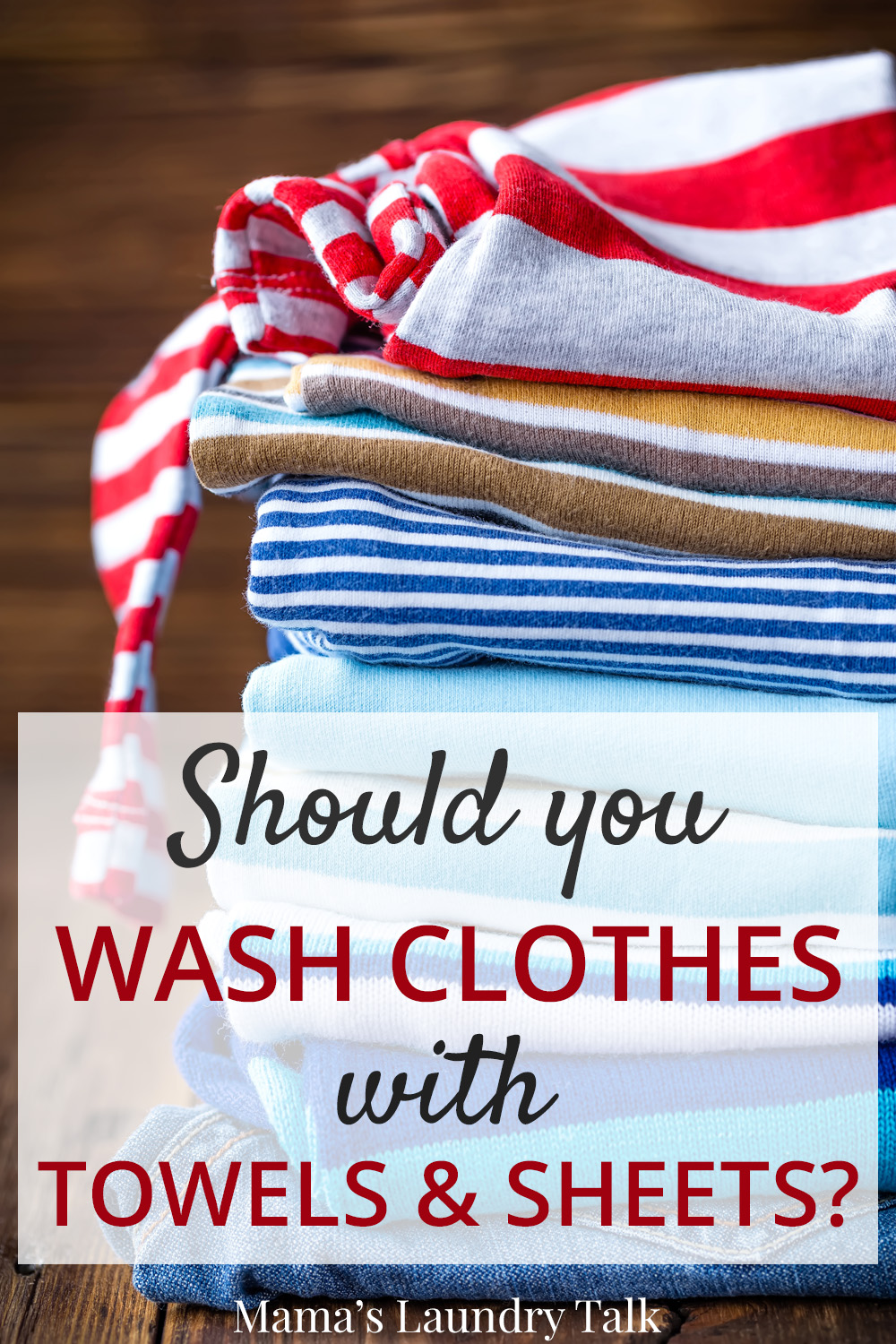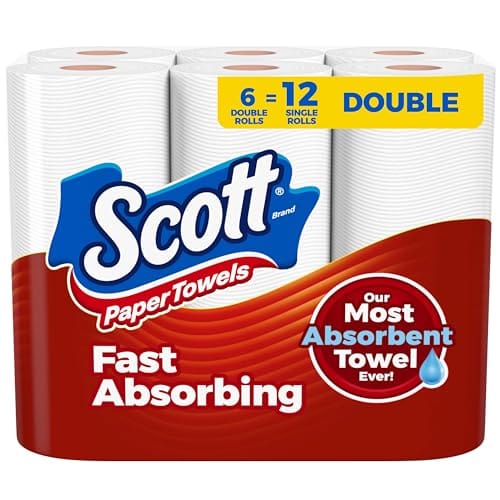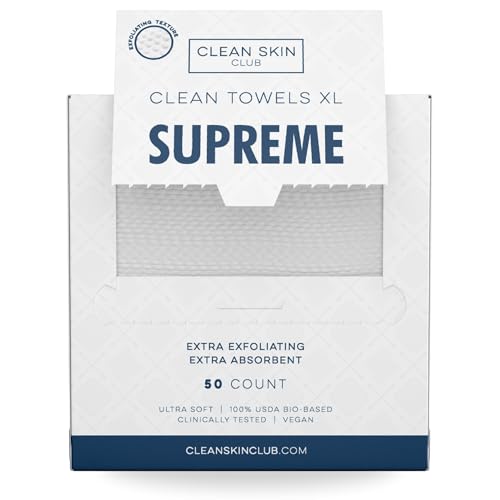Yes, you can wash sheets with towels, but it’s not recommended. Washing them together can cause wear and tear.
- The Great Laundry Debate: Sheets Vs. Towels
- Fabric Care 101: Understanding Your Laundry
- Pros And Cons: Mixing Sheets And Towels
- Laundry Hacks: Best Practices For Washing
- The Impact Of Water Temperature
- Drying Techniques: Preserving Quality
- Special Considerations: Hygiene And Allergies
- Laundry Innovations: Gadgets And Detergents
- Frequently Asked Questions
- Conclusion
Washing sheets and towels together might seem convenient. However, it can negatively affect both types of fabrics. Towels are heavy and produce lint, which can cling to sheets, reducing their softness. Sheets are typically lighter and require a gentler cycle, while towels need a more robust wash to remove grime and bacteria.
Combining them in one load can lead to improper cleaning and faster deterioration of the materials. It’s best to wash them separately to maintain their quality and longevity. This practice ensures that both your sheets and towels stay fresh, clean, and in good condition for a longer period.
The Great Laundry Debate: Sheets Vs. Towels
Many people wonder if they can wash sheets and towels together. This question sparks debates among laundry enthusiasts. Let’s dive into the details.
Why The Question Arises
People often ask this because they want to save time. Washing sheets and towels together seems convenient. But there are factors to consider.
- Fabric Type: Sheets are usually lighter than towels.
- Drying Time: Towels take longer to dry than sheets.
- Hygiene: Towels can carry more germs.
Common Myths Debunked
Some believe washing sheets with towels damages the fabric. This is not entirely true.
| Myth | Truth |
|---|---|
| Myth 1: Sheets and towels cannot be washed together. | They can, but keep hygiene in mind. |
| Myth 2: Towels ruin sheets’ fibers. | Modern machines handle mixed loads well. |
| Myth 3: Sheets get as clean as towels. | Towels need hotter water for deep cleaning. |
Washing sheets with towels is possible. Consider the factors mentioned above for better results.
:max_bytes(150000):strip_icc()/can-you-wash-sheets-and-towels-together-6834348-hero-option-f1701aa98c31440db39be545d4ea3f89.jpg)
Fabric Care 101: Understanding Your Laundry
Understanding how to wash your sheets and towels can save you time and money. Different fabrics need different care to stay fresh and last long. Let’s dive into the specific needs of sheets and towels.
Sheet Materials And Their Needs
Sheets come in various materials. Each material has unique care requirements. Here are some common sheet materials:
| Material | Care Instructions |
|---|---|
| Cotton | Wash in warm water. Use mild detergent. Tumble dry on low. |
| Silk | Hand wash in cold water. Use gentle detergent. Air dry. |
| Linen | Wash in cold water. Use mild detergent. Tumble dry on low. |
| Polyester | Wash in warm water. Use regular detergent. Tumble dry on medium. |
Towel Types And Special Care
Towels also come in different types. Each type needs special care to keep them soft and absorbent. Here are some common towel types:
- Cotton Towels: Wash in warm water. Use mild detergent. Tumble dry on medium.
- Bamboo Towels: Wash in cold water. Use gentle detergent. Air dry.
- Microfiber Towels: Wash in cold water. Use no fabric softener. Air dry or tumble dry on low.
- Egyptian Cotton Towels: Wash in warm water. Use mild detergent. Tumble dry on low.
By understanding the care needs of different fabrics, you can keep your sheets and towels in top condition. Happy washing!
Pros And Cons: Mixing Sheets And Towels
Mixing sheets and towels in the wash can be convenient. It saves time and energy. But, is it always the best choice? This section will explore the advantages and drawbacks of washing sheets and towels together.
Advantages Of Combined Washing
Time-Saving: Washing sheets and towels together can save time. You can do fewer loads.
Energy Efficiency: Combining loads can save water and electricity. This is good for the environment and your wallet.
Convenience: It’s easier to throw everything into one load. This can simplify laundry day.
| Advantage | Benefit |
|---|---|
| Time-Saving | Fewer loads to wash |
| Energy Efficiency | Uses less water and electricity |
| Convenience | Simplifies laundry day |
Drawbacks To Consider
Different Drying Times: Towels and sheets dry at different rates. Towels take longer to dry.
Wear and Tear: Towels can be rough on sheets. This may cause wear and tear.
Hygiene Issues: Towels can carry more bacteria. This can transfer to your sheets.
- Different Drying Times: Towels take longer to dry than sheets.
- Wear and Tear: Towels can be rough on sheets.
- Hygiene Issues: Towels carry more bacteria.
Laundry Hacks: Best Practices For Washing
Washing sheets and towels together can save time and energy. But, it’s important to follow some best practices to ensure both come out clean and fresh. Here are some laundry hacks to help you get the best results.
Sorting Your Laundry
Sorting your laundry is the first step. Always separate darks and lights. This prevents color bleeding.
- Sheets and towels can be washed together if they are similar colors.
- Check care labels to avoid mixing fabrics that need special care.
- Wash heavily soiled items separately to avoid spreading dirt.
Optimal Detergent Use
Using the right amount of detergent is crucial. Too much detergent can leave residue, while too little won’t clean effectively.
| Detergent Type | Recommended Amount |
|---|---|
| Liquid | Follow the label instructions for load size. |
| Powder | Use one scoop for a full load. |
| Pods | One pod per load is sufficient. |
Using a high-quality detergent ensures your sheets and towels are clean and fresh. Consider using a gentle formula for sensitive skin.
The Impact Of Water Temperature
Water temperature plays a crucial role when washing sheets and towels. Choosing the right temperature can preserve fabric quality and ensure cleanliness. Let’s explore the impact of hot vs. cold wash on your sheets and towels.
Hot Vs. Cold Wash
Hot water can kill germs and remove tough stains. It is effective for sanitizing sheets and towels. But, it can also fade colors and weaken fabrics.
Cold water is gentler on fabrics. It helps maintain colors and prevents shrinkage. It is also energy-efficient and better for the environment. But, it may not remove heavy stains or kill all germs.
What Your Sheets And Towels Prefer
Different fabrics have different needs. Here is a quick guide:
| Item | Preferred Water Temperature |
|---|---|
| Sheets | Warm water (between hot and cold) |
| Towels | Hot water (for thorough cleaning) |
Washing sheets in warm water ensures they are clean and last longer. Towels benefit from a hot wash for complete germ removal.
Always check the care label on your sheets and towels. Follow the manufacturer’s instructions for the best results.
Drying Techniques: Preserving Quality
Preserving the quality of your sheets and towels is essential. Using proper drying techniques can help. Let’s explore the best methods to keep them soft and long-lasting.
Air Drying Vs. Machine Drying
Air drying is a gentle method that helps maintain fabric integrity. Hang your sheets and towels on a clothesline or drying rack.
- Air drying reduces the risk of shrinkage.
- It also saves energy and is eco-friendly.
Machine drying is faster and more convenient. Use a low heat setting to prevent damage.
- Separate sheets and towels to avoid overloading.
- Remove items promptly to minimize wrinkles.
Tips For Reducing Wear And Tear
Follow these tips to reduce wear and tear on your sheets and towels:
- Use dryer balls: They help soften fabric and reduce drying time.
- Avoid fabric softeners: They can leave residues that weaken fibers.
- Don’t over-dry: Over-drying can cause fibers to become brittle.
- Rotate usage: Alternate between different sets to distribute wear evenly.
Using these drying techniques and tips will help you preserve the quality of your sheets and towels. Enjoy softer, longer-lasting linens with minimal effort.
Special Considerations: Hygiene And Allergies
Washing sheets with towels might seem simple. There are important hygiene and allergy considerations. Keeping your laundry clean involves more than just soap and water. Understanding these aspects ensures a healthier living environment.
Bacteria And Mites In Laundry
Bacteria and mites thrive in dirty laundry. Towels often carry more bacteria due to moisture. Sheets, on the other hand, gather dust mites. Mixing them can spread these allergens. This is why separating laundry can be crucial.
To manage this, wash at high temperatures. High heat kills bacteria and mites. Use a good detergent. Strong detergents remove most allergens. Consider using a laundry sanitizer. It adds an extra layer of protection.
Allergen-free Washing Tips
- Use hot water: Wash sheets and towels at 60°C or higher.
- Choose hypoallergenic detergents: Opt for detergents free from dyes and perfumes.
- Dry thoroughly: Make sure laundry is completely dry to prevent mold.
- Wash frequently: Change and wash your sheets and towels weekly.
- Avoid fabric softeners: They can leave residues that trap allergens.
By following these tips, you can reduce allergens in your laundry. Keep your home cleaner and safer.
/can-you-wash-sheets-and-towels-together-6834348-hero-option-f1701aa98c31440db39be545d4ea3f89.jpg)
Laundry Innovations: Gadgets And Detergents
Washing sheets with towels requires understanding the latest laundry innovations. New gadgets and detergents simplify and enhance your laundry experience. This section explores smart washers, eco-friendly products, and hypoallergenic options for a better wash.
Smart Washers And Features
Smart washers have transformed the way we do laundry. These machines offer advanced features to optimize each wash. Here are some key features:
- Automatic Detergent Dispensers: Ensure the correct amount of detergent every time.
- Wi-Fi Connectivity: Control your washer from your smartphone.
- Customized Wash Cycles: Tailor cycles for sheets and towels.
- Energy Efficiency: Save energy with smart sensors and settings.
Eco-friendly And Hypoallergenic Products
Eco-friendly products protect the environment and your skin. Hypoallergenic detergents are perfect for sensitive skin. Here are some benefits:
| Product Type | Benefits |
|---|---|
| Eco-Friendly Detergents | Biodegradable, non-toxic ingredients. |
| Hypoallergenic Detergents | No harsh chemicals, safe for allergies. |
Using these products ensures a gentle yet effective clean. They help maintain the quality of your sheets and towels.

Frequently Asked Questions
Can You Wash Sheets With Towels?
It is not recommended to wash sheets with towels. Towels produce lint and sheets can become entangled. This can affect their texture and longevity.
Why Shouldn’t You Wash Sheets And Towels Together?
Washing sheets and towels together can cause fabric damage. Towels are abrasive and can wear out the sheets quickly.
What Happens If You Wash Sheets With Towels?
If you wash sheets with towels, the towels can produce lint. This can stick to the sheets and make them less soft.
Is It Okay To Wash Sheets And Towels In One Load?
It is best to avoid washing sheets and towels together. Their different textures and fabric types require separate washing conditions.
Conclusion
Washing sheets with towels is possible but not ideal. They have different fabric needs. For best results, wash them separately. This ensures proper cleaning and longevity. Separate washing also prevents lint transfer. Always follow care labels for both sheets and towels.
Proper laundry practices can save time and extend fabric life.



